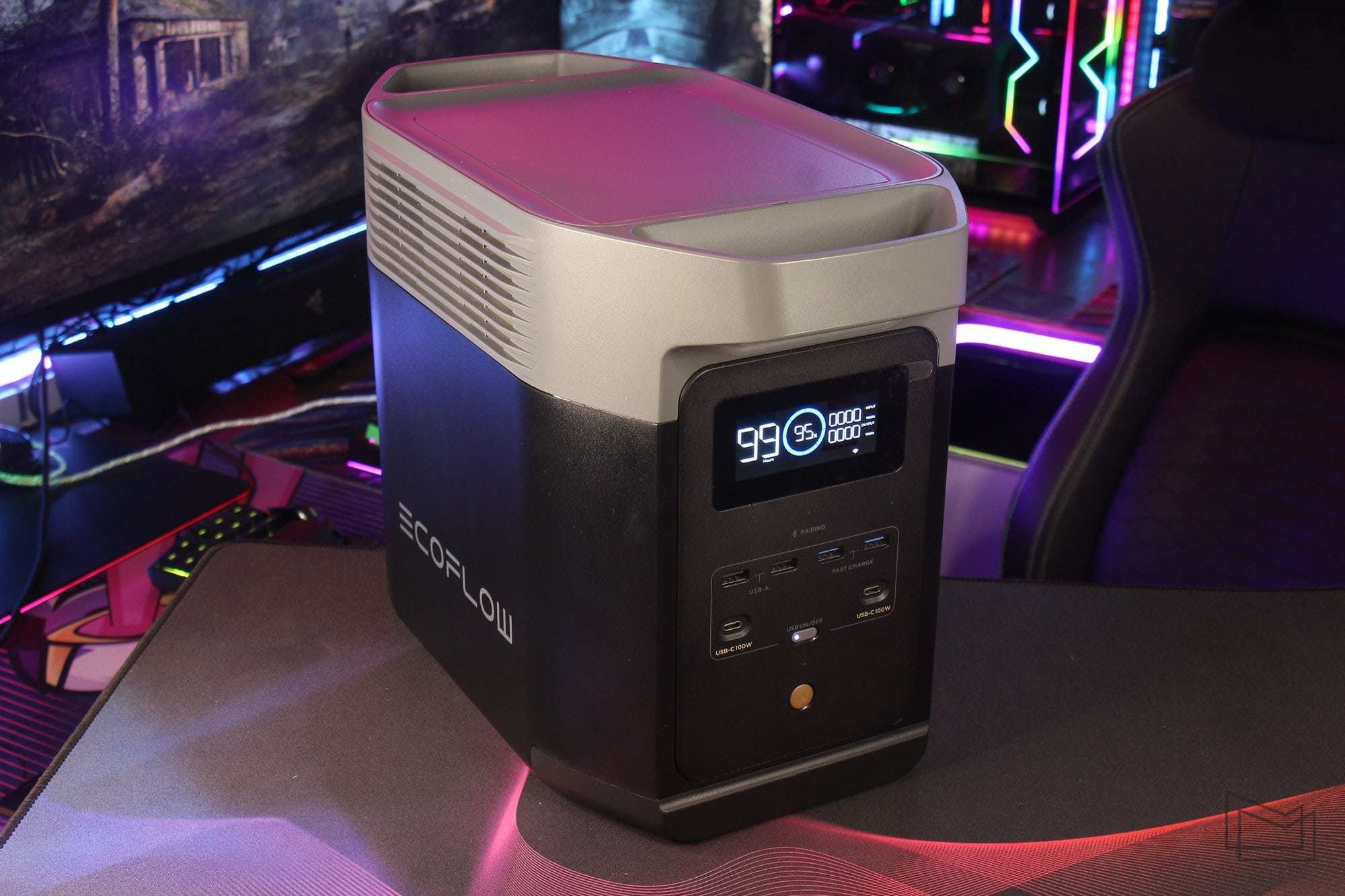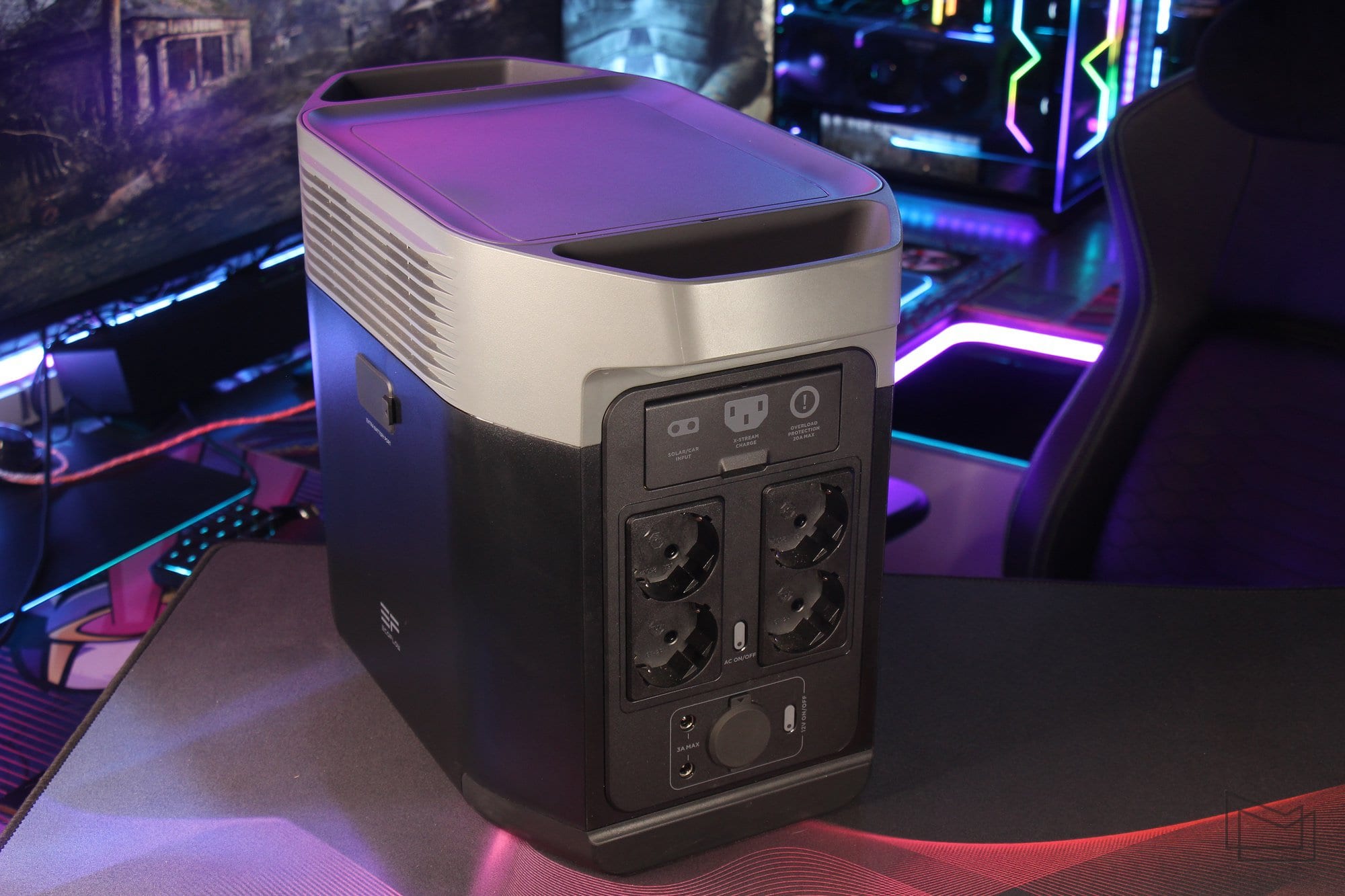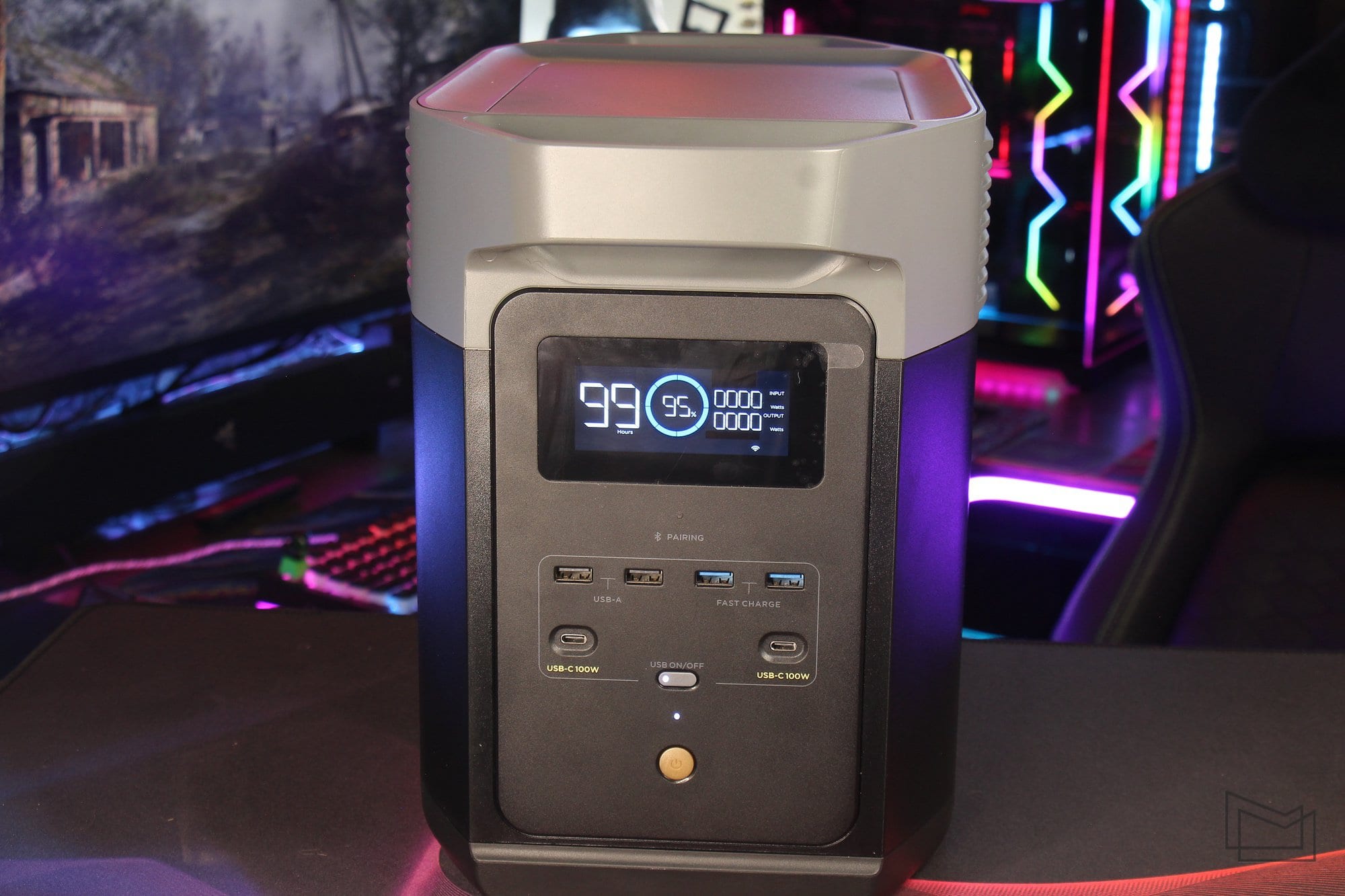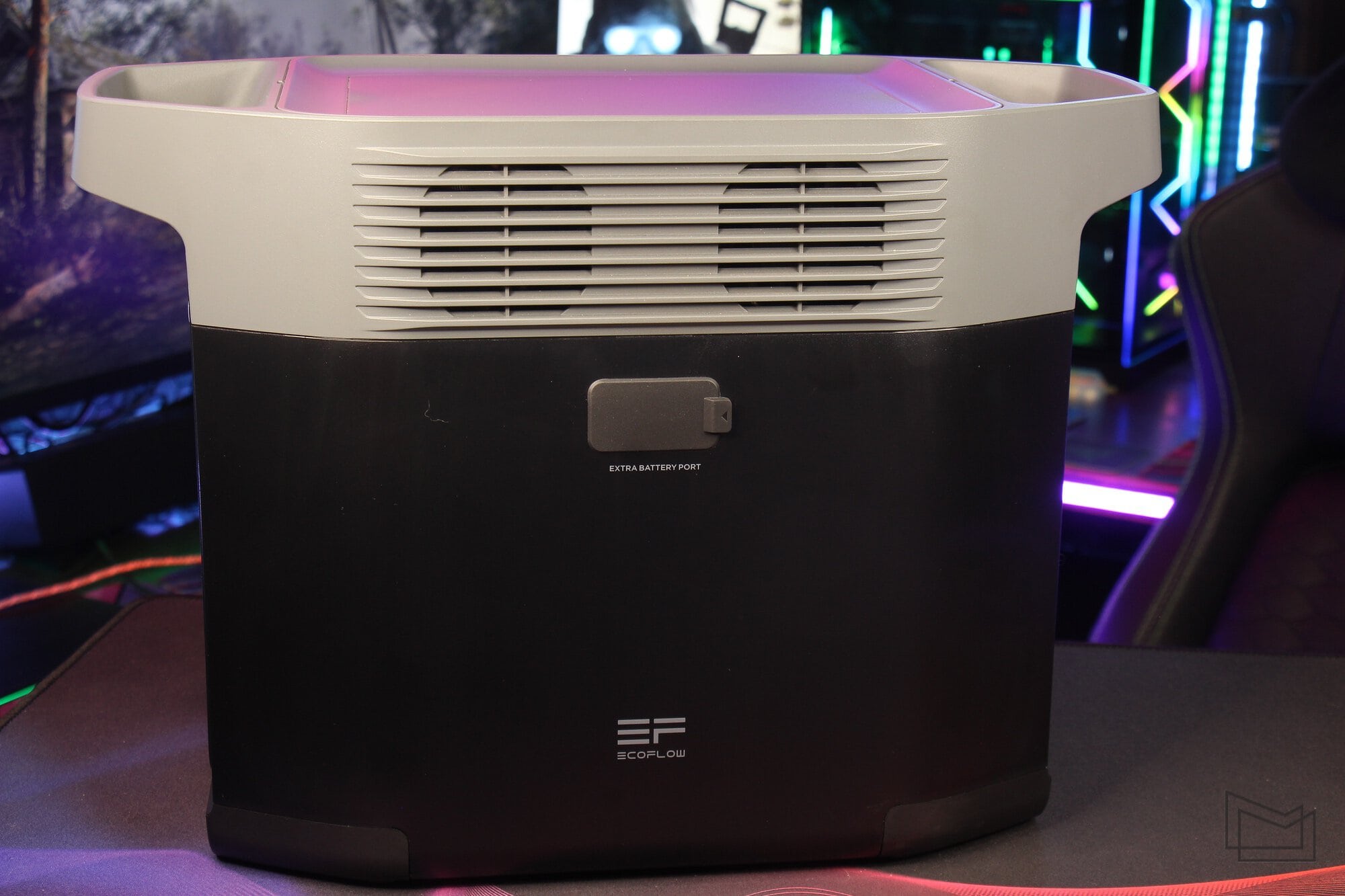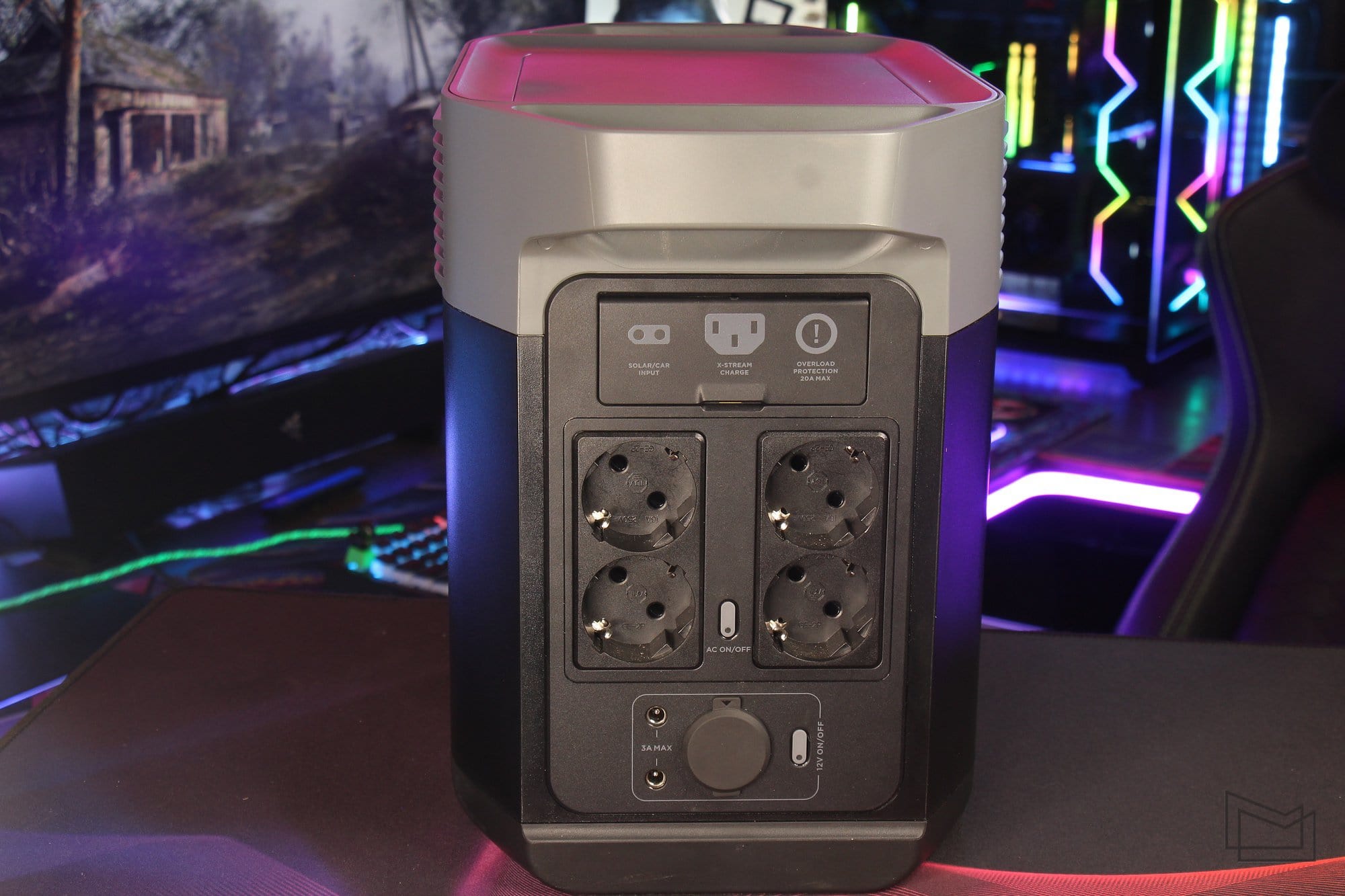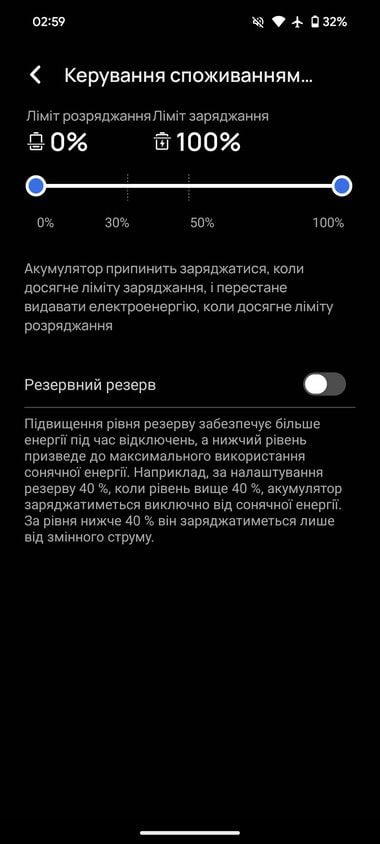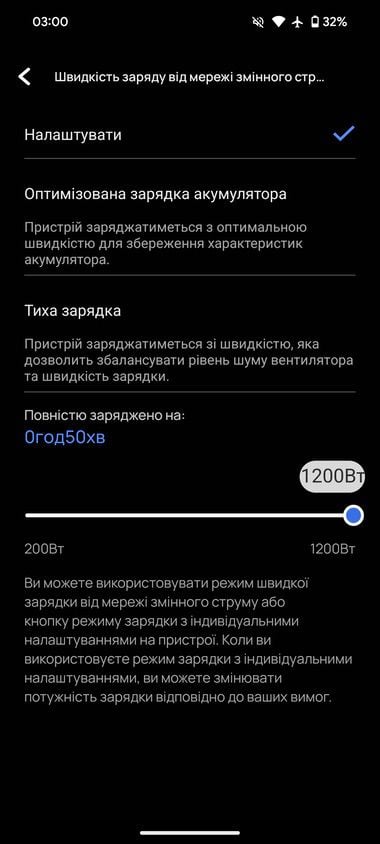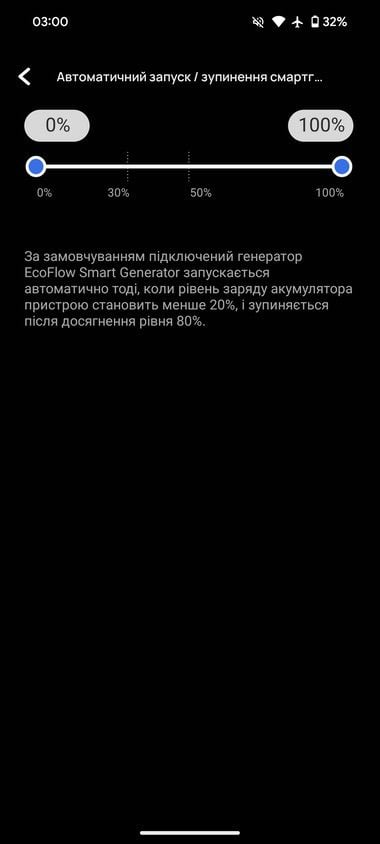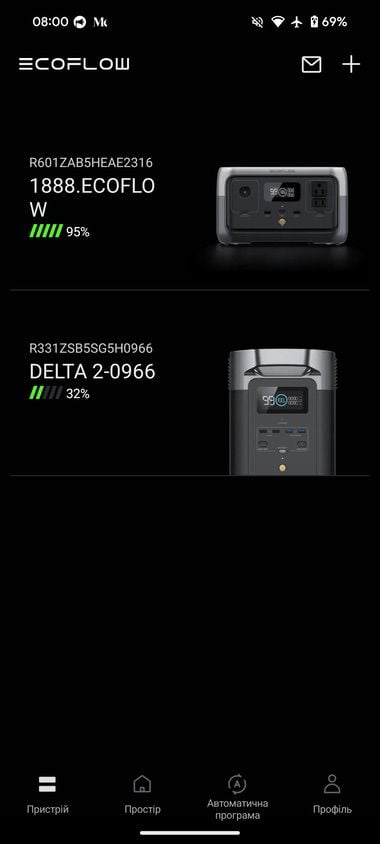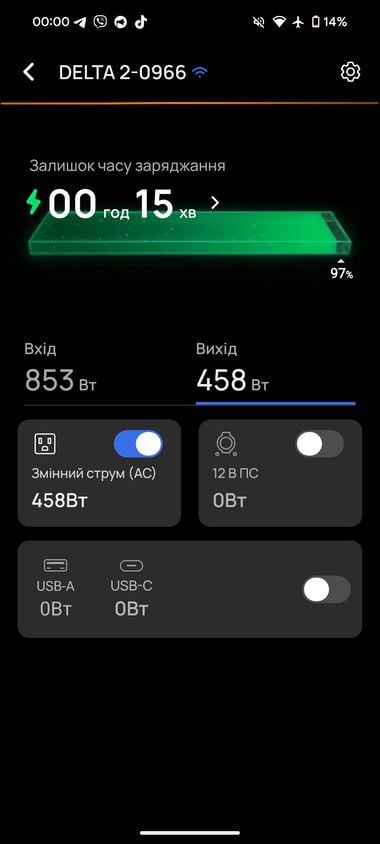With the Russian invasion, the Ukrainian market for portable power plants has undergone a dramatic change, transforming a niche product into a vital piece of equipment for millions of households during power outages. In this context, EcoFlow Delta 2 offers an interesting combination of the power of stationary systems and the mobility of portable solutions. Having experience in operating both a full-fledged 5 kW home system and the smallest EcoFlow River 2 station (as well as a bunch of other solutions, which I have long talked about in a separate article: "There is no magic in energy. The way to energy independence without clickbait and rose-colored glasses"), I had the opportunity to test Delta 2 for a month from a specific perspective: how effectively this station can solve the problem of basic autonomous power supply for users without technical training in the conditions of regular blackouts.
Огляд
The station is delivered in a cardboard box, which is initially somewhat misleading as to the size of the device itself.
The package includes:
- EcoFlow Delta 2;
- AC charging cable;
- Cable for charging from a car cigarette lighter;
- DC5521 - DC5525 cable;
- User manual;
- A quick guide to launching the program;
- Warranty card.
The design of the Delta 2 is robust and practical. The body made of durable matte plastic has dimensions of 400 x 211 x 281 mm and weighs 12 kg. The integrated handles on both sides are designed to withstand heavy loads and are comfortable enough to carry the station even with one hand. There is no protection against moisture and physical impact, so it is advisable to be reasonably careful when in the field with Delta 2.
The front panel has DC ports (four USB-A 12/18W and two USB-C up to 100W), an informative LCD display and a power button. The rear panel contains four 230V AC sockets (up to 1800/2400W), an output with a car cigarette lighter connector (up to 126W), two DC outputs for powering small consumers such as a router (up to 38W), and finally ports for conventional and car/solar charging.
The front USB ports and rear sockets are switched on separately with buttons located next to each other and equipped with built-in LEDs - this is important, because even when there is no load, if the inverters themselves are working, they gradually drain the battery. And here is an inconvenience: since the sockets are located behind, in many cases the button will have to be pressed by touch. And in general, the division of all connectors and buttons into two sides is somewhat controversial - on the one hand, it looks like a PC layout, where only the "pretty" is on the front, and on the other hand, the charging station usage model just assumes that sockets or charging may also need to be regularly connected or disconnected... Finally, the connector for an additional battery or generator is generally located on the side of the device.
The Delta 2 is based on a 1024 Wh lithium iron phosphate (LiFePO4) battery with a life of 3000 charge-discharge cycles. As of 2024, there is no point in looking at charging stations with other batteries (e.g., lithium-ion). The real usable capacity is 820-850 Wh due to the system's own consumption and energy conversion losses. The power electronics provide a nominal power of 1800 W with the possibility of short-term peaks of up to 2700 W. The X-Boost mode allows you to work with loads up to 2400 W for a long time, but then it is advisable to leave only one device connected.
The cooling system is realized through two side fans that turn on when the internal temperature rises above a certain level or is under load. This solution effectively removes heat, but creates a noticeable noise background when working with powerful devices or charging, so it may not be very comfortable in a quiet room at night.
EcoFlow Delta 2 supports several system expansion options. The basic capacity can be increased by connecting an additional Delta 2 Extra Battery (1024 Wh) or Delta Max Extra Battery (2048 Wh). For long-lasting autonomy, integration with the EcoFlow smart gasoline generator is available via the same side port. The magic of the proprietary generator is that it can start and stop on its own, plus it can also be controlled via a mobile app. It is also immediately compatible with natural gas in addition to gasoline, which expands the range of refueling options.
Solar integration is realized through an MPPT controller with a capacity of up to 500 W, supporting a voltage of 11-60 V and a current of up to 15 A. This means that with the right calculations, it is not necessary to use EcoFlow branded solar panels, the price tag of which is not humane - on the other hand, the company offers interesting portable solutions and they are guaranteed to be compatible with Delta 2.
Ukrainians wouldn't be Ukrainians if they didn't adapt to the difficult conditions with the demand for charging stations. As a result, in addition to the official EcoFlow, versions from all over the world are being brought here. You can find at least the following on the market:
- Chinese (seems to have a higher capacity - 1260 Watt-hours);
- Korean (our case);
- South African;
- British;
- Swiss;
- "International";
- American.
ІYou need to be careful, because they differ primarily in price and AC outlet format according to the standard of a particular country. In most cases, this will also require the purchase of adapters for our "European format". But the American version is more complicated - not only does it have a 110 V input and output (which requires a transformer for charging and limits the connection of devices to those with a wide input voltage range of 100-240 V), but in case of any problems, our local service centers often simply refuse to repair them.
Software
The key feature of the Delta 2 software is... that it is not necessary for basic operation, because everything is set up quite intelligently from the factory. However, once you've figured out the basics, it makes sense to get into the application, because the system offers enough fine-tuning options.
For example, those who are concerned about battery life can play around with charging (e.g., limit the power to 500 watts instead of the full 1200 watts, do not charge above 80% and do not discharge below 10%). For those who care about the endurance of certain systems during blackouts, the automation scenarios tab allows you to configure, for example, to turn off AC outlets at 30% of the battery so that the rest is used only to power the router via the 12V DC connector. In conditions where the device is constantly connected to a 220 V outlet, it makes sense to enable the experimental function, when the power supply to it is activated automatically when Delta 2 is turned on (so you don't need to press the button behind it every time).
Real tests
In its promotional materials, EcoFlow provides typical calculations for practical applications of the Delta 2, and in principle, they more or less reflect reality. Especially when you consider that the conditions can be very different in detail, so as automotive journalists say: "Your mileage may vary!". With this warning, let's start describing the actual measurements.
When powered by Starlink (41-44 W) in EPS mode, the total consumption from the mains was 58-61 W, demonstrating stable losses of about 17 W for the operation of the station itself with the 220 V AC inverter turned on. In the event of a power outage, the system instantly switches to the battery without rebooting the Starlink and provides it with more than 15 hours of autonomous operation.
Another interesting thing is charging the MacBook Air M2 (or any other USB-powered device). Using the native charger, the battery consumption was 49 watts, but if you connect the laptop directly with a wire to the front USB-C connector on the Delta 2, the consumption drops to 35 watts. This is a very significant difference in percentage, which reminds us that it's not enough to buy the charging station itself - you also need to think about optimizing the operating conditions! In general, charging such equipment is the most striking example of the usefulness of a Delta 2 station: if we estimate typical consumption, the performance of a laptop + smartphone pair from Delta 2 can be maintained for at least a week without recharging the station itself - this is very useful in the field (although then it is good to add a solar panel if possible and get an inexhaustible source!)
It is also not always advisable to believe the passport data of appliances. For example, when we connected a huge side-by-side refrigerator, we were able to see consumption of up to 230 watts. And this is not taking into account the short-term starting peak of the compressor motor consumption, which is very significant, but does not even have time to be displayed on the Delta 2 screen. However, over time, it turns out that the real consumption ranges from 0 to 230 watts, so the refrigerator worked for more than 8 hours from a full battery charge, despite the fact that it is set to the minimum temperatures (+5 C in the refrigerator compartment, -22 C in the freezer compartment) and if they are changed to higher ones, the cyclicality of consumption periods will become even longer... But in fact, when powering a refrigerator during long-term outages, it is worth remembering that they are usually able to maintain sufficient cold in the "4-in-16-hour" mode, and then the question arises, is it worth connecting it to Delta 2 more often? So, here the wisest battery saver will be the user himself.
Continuing the kitchen experiments, the following was discovered. Firstly, the Tefal kettle consumes 1700 watts (for some reason, with the declared 1800-2150 watts) and consumes about 12% of the Delta 2 battery to heat 1 liter of water. That is, the owner of the station will not be left without warm tea, but if possible, it is better to heat it with gas. Similarly, the Bosch microwave oven consumed 1650 watts (regardless of the installed power of the oven itself!) and used 7% of the battery for a typical 2-minute heating of a bowl of soup. Again, in principle, the device can be used, but if you have gas, it is better to use it. The same goes for the washing machine - Delta 2 "pulls" it, but why? Isn't it possible in 99% of cases to simply wait for the power to come on? But where the situation is already beyond the capabilities of this model is with a boiler: since they also consume at least 1500 watts, and it takes more than an hour to heat 50 liters of water, Delta 2 simply cannot perform this task, at least without an additional battery...
Returning to computer equipment, it was worth trying to power a fairly powerful desktop PC (i9-12900K/RTX 4070 Super) with three monitors, a bunch of peripherals, a second Internet channel in addition to Starlink, and almost 200 watts of backlighting around it from the charger. It turned out to be a bit peculiar... On the one hand, we actually managed to play S.T.A.L.K.E.R. 2 for more than 1 hour in this mode with a consumption of 800 watts. At the same time, the Delta 2 fans made more noise than the rest of the system, but this could be considered a minor disadvantage. If only the charging station's switching speed was fast enough for real UPS operation... Alas, not only in the game, but even with the minimum load of such a system (which was 300 watts), the computer manages to shut down. It is not surprising that EcoFlow is careful to position its devices of this generation as "EPS" (Emergency Power Supply), not a full-fledged UPS (Uninterruptible Power Supply).
Where the Delta 2 really shines is in its use as a "wireless outlet". Let's say you need to clean the interior of a car outside the garage with a small 400-watt vacuum cleaner - please don't bother with pulling the power cord! You need to cut something off with a grinder somewhere at the end of the section - voila, you take the Delta 2 in one hand, the grinder in the other, and go to work. The most severe test of this plan was pumping up the wheels with a full-fledged compressor, not a small 12-volt one: after the starting peak, it consumes 1200 watts, so it drained the battery quite quickly, but it did its job flawlessly.
Finally, we managed to test a real work task during a real blackout: everything a manicurist needs (lighting over the table, nail drill bit, UV lamp) drained only 11% of the battery during the work with one client, so Delta 2 will last for a couple of working days without recharging in such professional use.
The system supports three mains charging modes: fast (1200 W), standard (500 W), and "quiet" night (200 W, and "quiet" is in quotes because it is simply quieter, but still noticeable). In the current conditions, it is more logical to use the fastest option, and in calm times, limit yourself to the standard one, because the LiFePO4 battery will last longer. A car cigarette lighter can be used to charge the battery with 110 watts, so only taxi drivers or very long tourist trips will be able to charge it completely for free during their daily commute. Solar charging (500 W) looks more interesting, but we couldn't test it because we didn't have any suitable panels.
And the last test was the most interesting and disturbing: after all the checks, Delta 2 went to its permanent location. In just five minutes, the phone managed to tell users "without technical training" how to use the charging station - how to turn it on, connect devices, and charge them. And this is worth a lot, literally, because not everything is measured in kilowatts and hours.
Conclusion
Of course, for the price of EcoFlow, you can get a more capacious and powerful (nominally) nameless "Chinese" product - but where is the guarantee, literally, that it will work long enough and not cause problems? Similarly, a simple assembly of an inverter + LiFePo4 battery with about twice the capacity, which can be connected to power the entire apartment, will have a similar price tag, rather than getting used to extension cords on the floor. However, such systems require professional installation, they are almost impossible to make portable, and, again, if something breaks down, the user is the "fool" and will have to fix it on their own or with an electrician, not just send the station for service.
Thus, as a home backup power source, EcoFlow Delta 2 effectively ensures the operation of critical infrastructure: circulation pumps, the Internet, local lighting, a refrigerator, and gadget charging. Its quick deployment and ease of use make it ideal for users with no technical background - basic training takes only a few minutes. With reasonable use, the battery is likely to last for 8 hours, and can be recharged to 100% in just an hour. This should be enough in the situations that Ukraine has experienced so far in wartime. If more is needed, additional batteries and larger versions of Delta 2 Max and Delta Pro are available.
For mobile use, the station demonstrates practicality thanks to its well-thought-out ergonomics. Compared to the "small" EcoFlow River 2, the Delta 2 offers significantly more options for long battery life and support for high-powered consumers, while remaining more compact than traditional generators or stationary systems.
This makes EcoFlow Delta 2 ideal for users who need reliable stand-alone power for basic household appliances without installing a fixed system.
P.S. It looks like a significantly updated EcoFlow Delta 3 station will be coming to our market very soon. However, the general conclusions are likely to remain the same, adjusted for the higher capacity, power, and the promise of solving UPS's switching speed problem.



